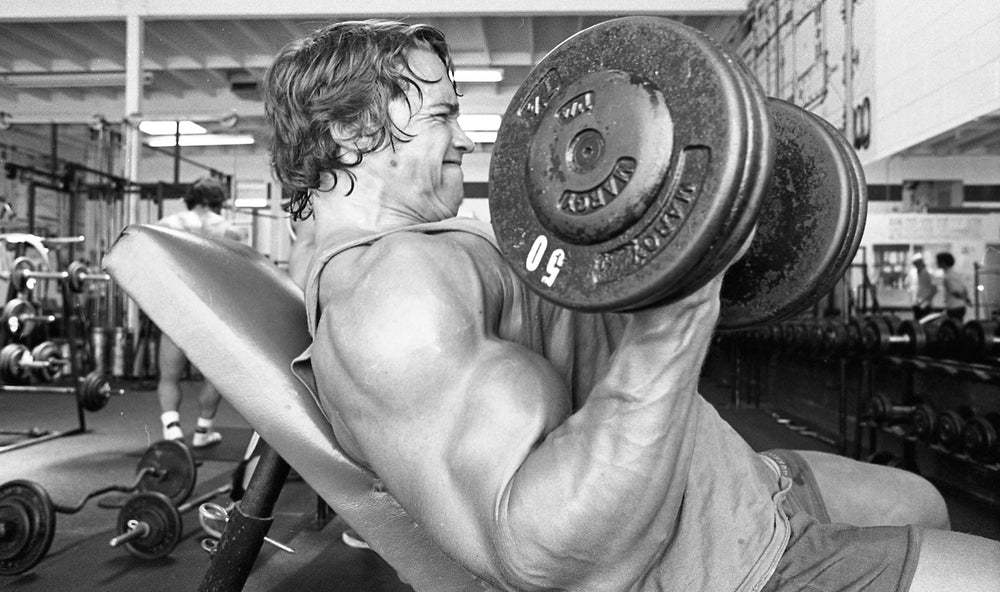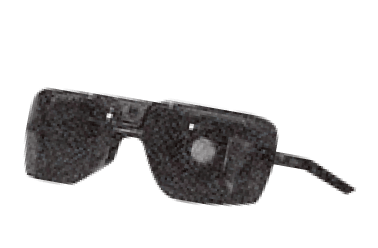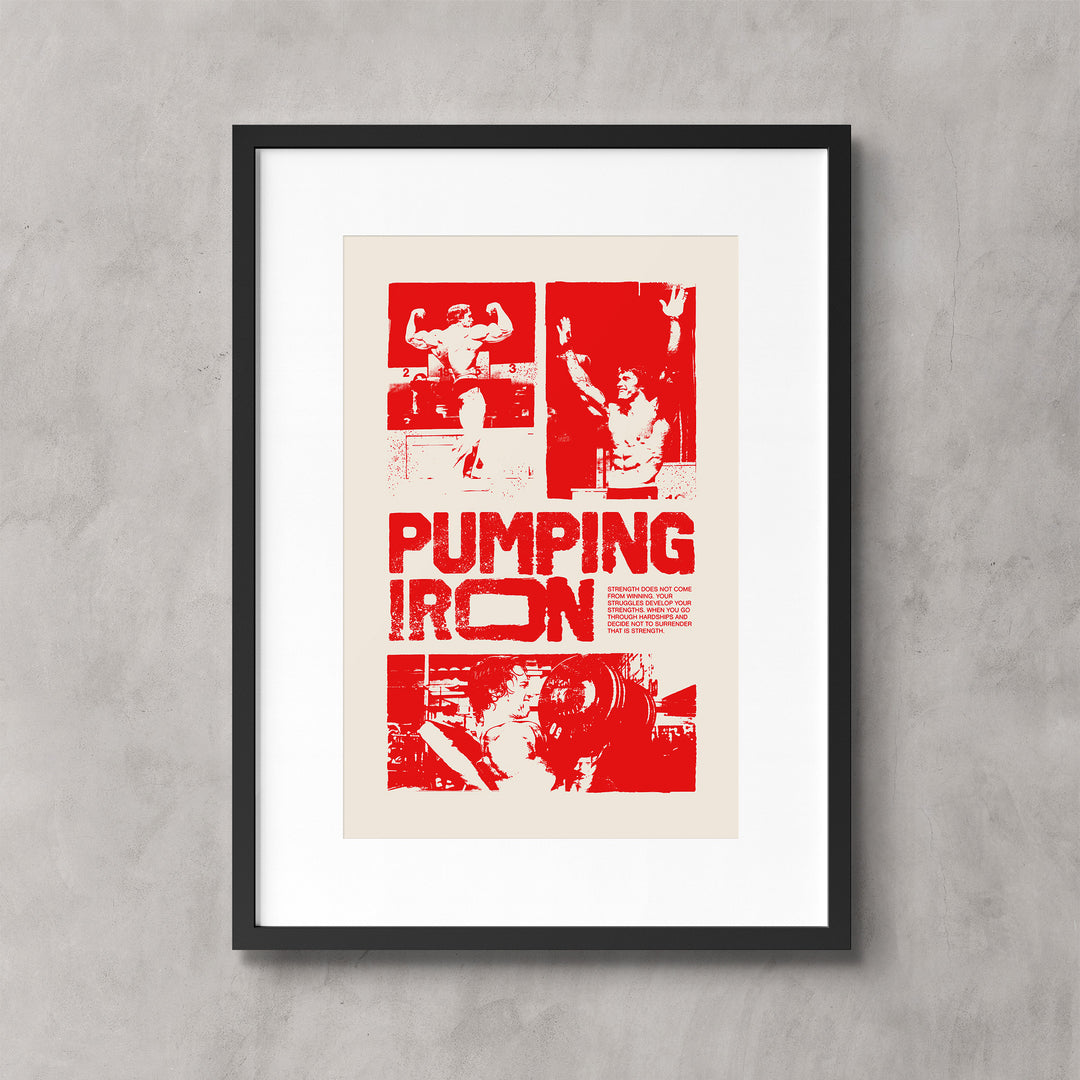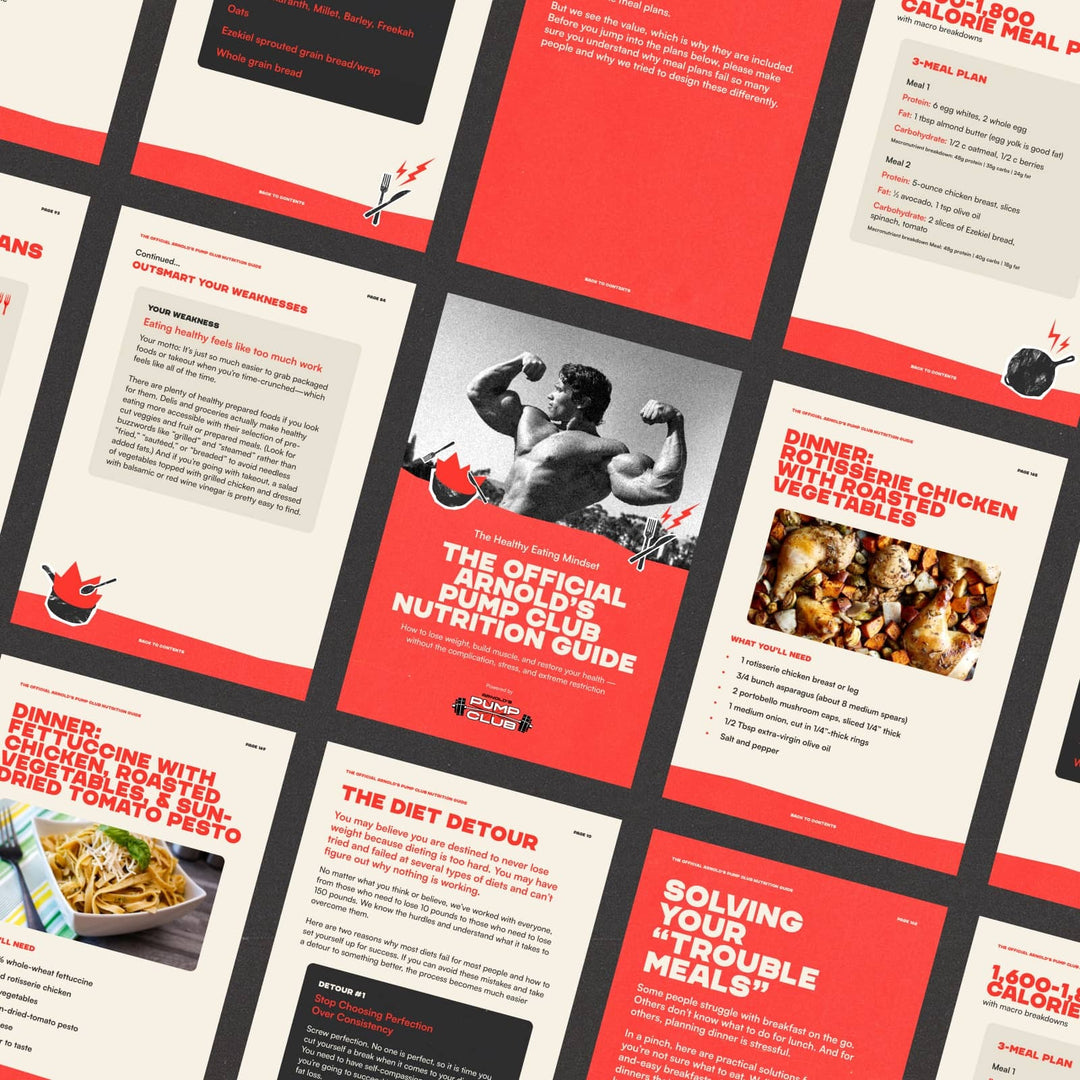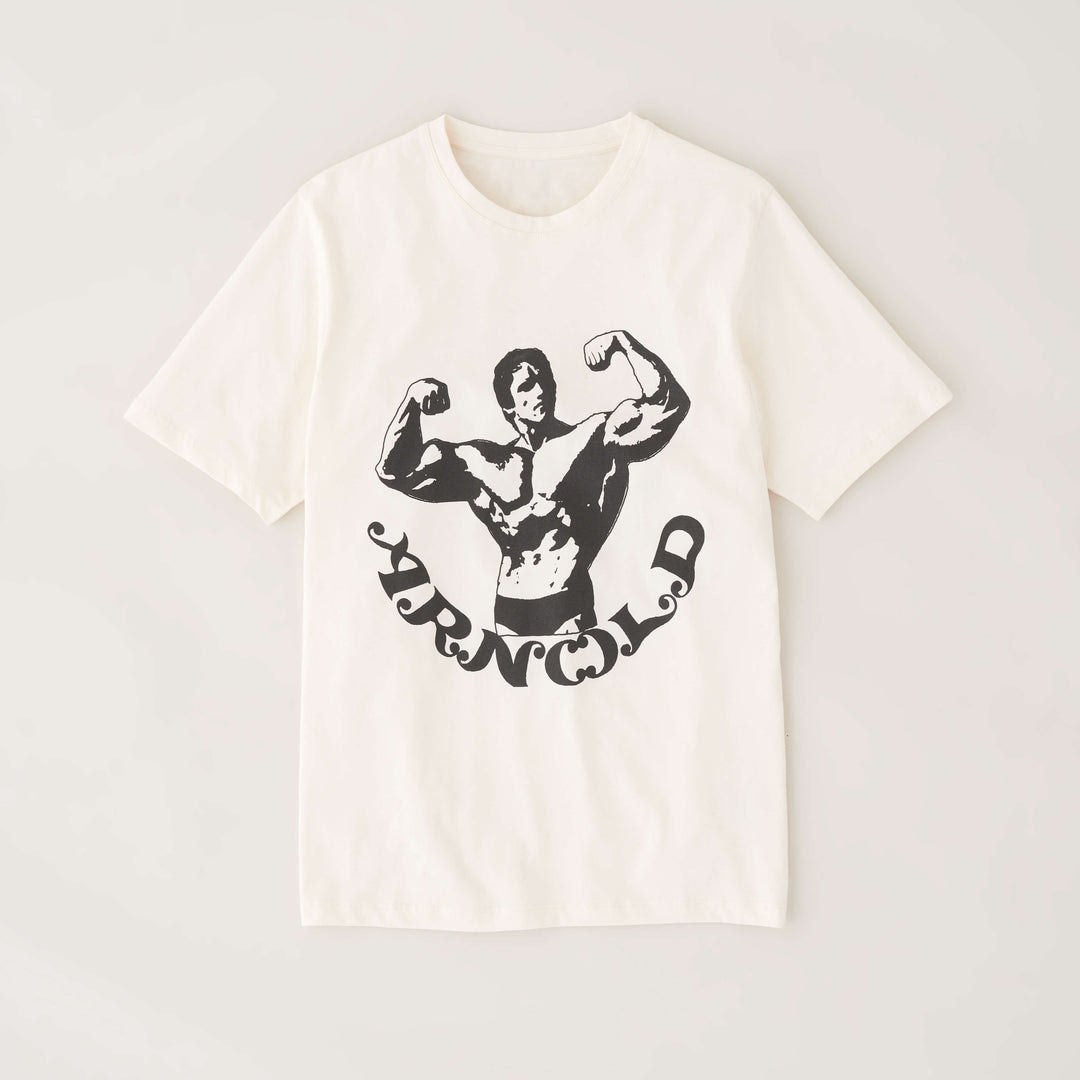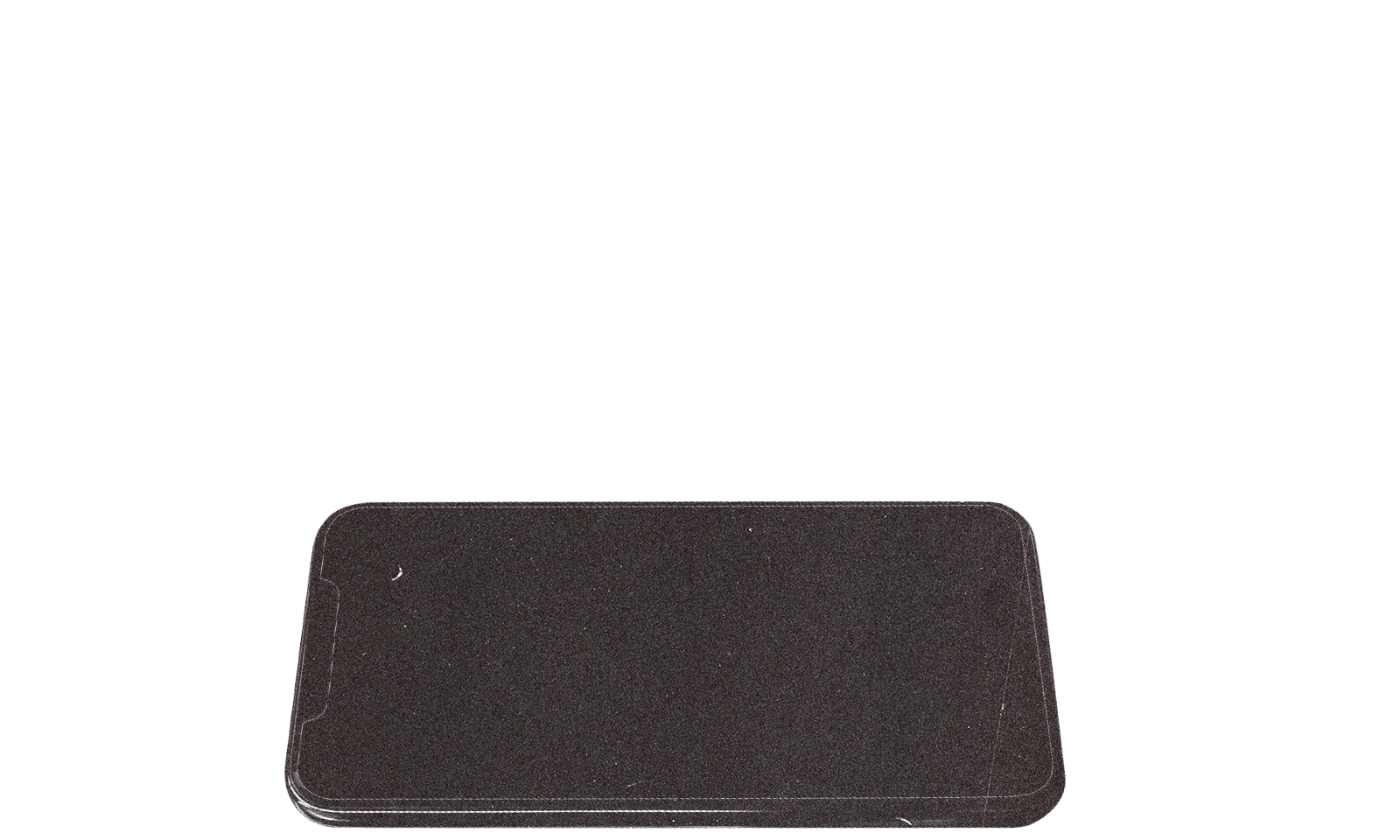Welcome to the positive corner of the internet. Every weekday, we make sense of the confusing world of wellness by analyzing the headlines, simplifying the latest research, and offering quick tips designed to make you healthier in less than 5 minutes. If you were forwarded this message, you can get the free daily email here.
Today’s Health Upgrade
Why adding more protein to breakfast matters
Bonus breakfast recipe
Do men or women build more muscle?
The forgotten shoulder exercise
Arnold’s Podcast
Want more stories from Arnold? Every day, Arnold’s Pump Club Podcast opens with a story, perspective, and wisdom from Arnold that you won’t find in the newsletter. And, you’ll hear a recap of the day’s items. You can subscribe on Apple, Spotify, Google, or wherever you listen to podcasts.
Why Adding Protein To Breakfast Is A Muscle Advantage
Breakfast might not be the most important meal of the day, but what you eat to start the day might help you achieve one of your fitness goals.
Researchers found that people who eat more protein for breakfast are more likely to gain muscle.
This might seem like an obvious connection, but it’s more interesting than it appears. Prior studies suggest that the total amount of protein you eat daily (not the timing) matters most for muscle gain. For most people, eating three to four times per day (at least 20 to 40 grams per meal, especially as you age) is the best way to “optimize” muscle growth. But you can still gain plenty of muscle without stressing how often you eat.
However, the latest study found that eating more protein in the morning was linked to more significant muscle gains than eating your highest protein meal at other times of day, such as lunch or dinner.
The scientists also found that protein quality affects muscle mass and strength. In particular, those who ate more high-quality protein for breakfast (as assessed by the PDCAAS or “protein digestibility corrected amino acid score”) lost less grip strength.
If you’re keeping score at home, aiming for 1.8 to 2.2 grams of protein per kilogram of body weight per day is a range that repeatedly delivers results. Or, try to eat about one gram per pound of your goal body weight. If you want to boost your morning protein, aim for 30 to 60 grams in the meal, depending on your body size. Our favorite ways to add extra protein to our breakfast include Greek yogurt, eggs, Momentous protein, or overnight oats (see below).
While more research is needed to determine why it works, it does appear that bumping up your protein in the morning — or potentially making your first meal the one with the most protein — could be advantageous if you’re trying to add muscle or strength.
Your Breakfast Boost
If you’re in a rush and need an extra protein boost for breakfast, we have your back with a village favorite. Pulled from You Can’t Screw This Up, it’s the perfect option because you make it the night before in a few minutes, and then it’s grab-and-go ready for your crazy mornings. This recipe packs about 40 grams of protein and is loaded with filling fiber, healthy fats, and more flavor than you imagine.

Prep time: 5 minutes
Ingredients
1/4 cup old-fashioned rolled oats
3/4 cup milk of your choice
1 tablespoon chia seeds
1 tablespoon creamy peanut butter
1/2 banana, cut into small chunks
1/4 cup plain Greek yogurt
1 scoop whey or plant Momentous protein powder
Instructions
1. Combine all the ingredients in a bowl or mason jar and mix well. That’s it. I couldn’t come up with much simpler instructions if I tried.
2. Cover and refrigerate overnight.
3. Eat and enjoy!
How Gender Influences Muscle Building
Who would you pick if you had to guess whether men or women have a muscle-building advantage?
If you said neither gender, you would be correct. New research suggests that men and women gain muscle equally well.
The scientists reviewed 27 studies on men and women between 18 and 50. Not only did they compare training status (beginner’s and more advanced), but they also considered specific gender differences, such as muscle fiber type (type I and type II fibers) and body composition (men tend to have more upper body muscle than women).
While it’s true that men can gain more total muscle than women, the rate of change in muscle size between genders is similar once you factor out genetic variables that make it possible for men to gain more total muscle.
Whether you’re a man or woman, resistance training has endless benefits. Adding muscle — even just a few pounds — can help you live longer, sleep better, fight against disease, strengthen your heart, and improve how your body processes blood sugar (better insulin resistance). If you want to gain significant muscle, that’s more about how you eat. If you wish to be lean and strong, it’s a matter of training. So lift weights or perform bodyweight exercises, and your body will thank you.
Need a place to start? Try the workout of the week, which can be done without any equipment.
The Shoulder Press Myth
If you’ve seen videos of Arnold doing shoulder presses, something might seem a little backward. He routinely pressed the weight behind his head in a seemingly dangerous movement. But, it wasn’t done to be risky — it was done with growth on the mind.
Research suggests behind-the-neck presses activate more muscle fibers in your shoulders, making them better at making your shoulders pop.
Arnold, Franco, and many other golden-age bodybuilders did the behind-the-neck press regularly, but you’ll rarely see anyone doing them today in the gym. However, it appears the past generation wasn’t as misled or misguided as you might think.
Scientists compared the behind-the-head shoulder press to the front shoulder press and found that the behind-the-neck press isn’t inherently dangerous. The researchers concluded, “For participants with normal trunk stability and ideal shoulder ROM, overhead pressing is a safe exercise (for the shoulder and spine) when performed either in-front of or behind the head.”
In other words, the movement is dangerous if you lack a good range of motion in your shoulders. If you want to try the behind-the-neck press, first, you must improve shoulder mobility and stability. Otherwise, the movement can cause impingement and shoulder pain. In that case, don’t take the risk and perform the version with the barbell in front of your body.
If you want to test — and improve — your shoulder mobility, try this exercise from strength coach Eric Cressey. He shows you a proper wall slide where people typically make a mistake.
If you’re like Arnold and have excellent shoulder mobility, try the move and see if it pumps up your shoulders.
—
Publisher: Arnold Schwarzenegger
Editors-in-chief: Adam Bornstein and Daniel Ketchell
